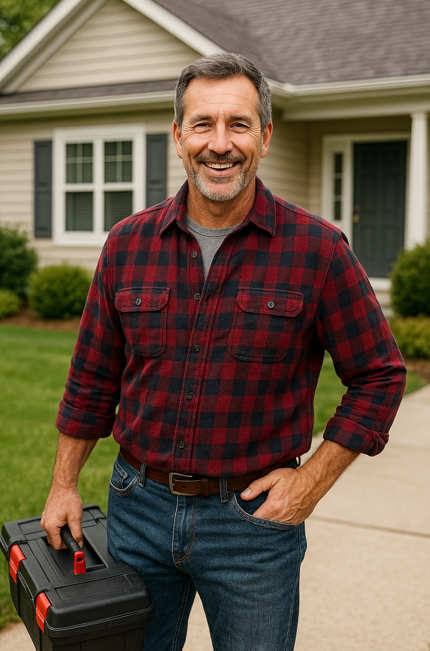Hey folks, Mike Sanders here. If you’ve been shopping for cooling options, you’ve probably heard about hose AC, portable AC unit tube, and portable air conditioner tube types. These units can be lifesavers for renters, small rooms, or temporary setups—but they aren’t always as simple as they seem. Let’s break it down, and I’ll show you what works, what doesn’t, and when a long-term system might be the smarter choice.
What Is a Hose AC?
A hose AC refers to a portable air conditioner that vents hot air outside using a flexible exhaust hose. This setup lets you cool a room without installing a permanent system. The hose pulls in warm indoor air, the unit chills it, and then the heat is expelled outside.
For a detailed overview of how these units work and their efficiency, you can check out this guide on portable air conditioners from the U.S. Department of Energy.
Understanding Portable AC Unit Tube Types
When we talk about portable AC unit tube types, there are generally two main designs:
Single-Hose Units
Single-hose units draw room air into the unit, cool it, and exhaust hot air through one hose. They are easy to set up and typically less expensive, but they can create negative pressure in the room, pulling in warm air from outside or other rooms, which reduces efficiency.
Dual-Hose Units
Dual-hose units have one hose for intake and one for exhaust. This balanced airflow avoids negative pressure and provides faster, more efficient cooling. Dual-hose units are generally recommended for larger rooms or homes where efficiency matters.
For more details on dual-hose setups and efficiency considerations, see this comprehensive guide on dual-hose portable ACs.
Choosing the Right Hose and Tube
The tubes on portable air conditioners are more than just flexible vents—they’re integral to performance. Here’s what I advise homeowners to consider:
-
Material & Durability: Look for reinforced PVC or flexible polypropylene. These materials resist heat and bending over time.
-
Length & Diameter: Standard lengths range from 5 to 7 feet; diameter is usually 5–6 inches. Too long or too narrow reduces efficiency.
-
Compatibility: Make sure the hose matches your unit’s threading and vent connection. Wrong fittings can cause leaks and inefficiency.
For a breakdown of hose materials and installation tips, you can refer to this technical guide on AC hoses.
Pros and Cons of Hose ACs
Here’s what you need to weigh before deciding on a portable solution:
Pros:
-
Easy installation and portability
-
Affordable upfront cost
-
Can cool specific rooms without upgrading the entire system
Cons:
-
Less energy-efficient than central or mini-split systems
-
Limited coverage area
-
Can be noisy
-
Requires proper venting and sealing
For a detailed analysis of the energy implications, check this Department of Energy guide on energy-efficient cooling.
When a Long-Term System Makes Sense
While hose ACs are great for temporary or localized cooling, I’ve seen too many homeowners struggle with multiple units and higher electricity bills. If you want reliable comfort, consider a permanent, high-efficiency system.
The Goodman 3 Ton 14.5 SEER2 R32 Bundle is a full-home solution that offers consistent cooling, energy efficiency, and durability. Unlike portable units, it’s designed for long-term performance without the hassle of vent hoses or negative pressure issues.
Maintenance Tips for Hose ACs
Even if you choose a portable AC, maintenance is key:
-
Clean the filter regularly to prevent airflow restrictions.
-
Inspect hoses for cracks or leaks—even small gaps reduce efficiency.
-
Seal window openings to prevent hot air from entering.
-
Check condensate drains to avoid water buildup.
Regular upkeep extends the life of your unit and ensures it cools efficiently.
Final Thoughts
Portable units with a hose AC setup and different portable air conditioner tube types can work well in the right situations—renters, small rooms, or temporary cooling needs. But for everyday, whole-home comfort, a central system like the Goodman 3 Ton 14.5 SEER2 R32 Bundle is the smarter choice. You’ll save energy, reduce noise, and get consistent cooling without the hassle of hoses and temporary setups.
Stay smart, stay cool, and remember: the right system now can save you money and headaches for years to come.







